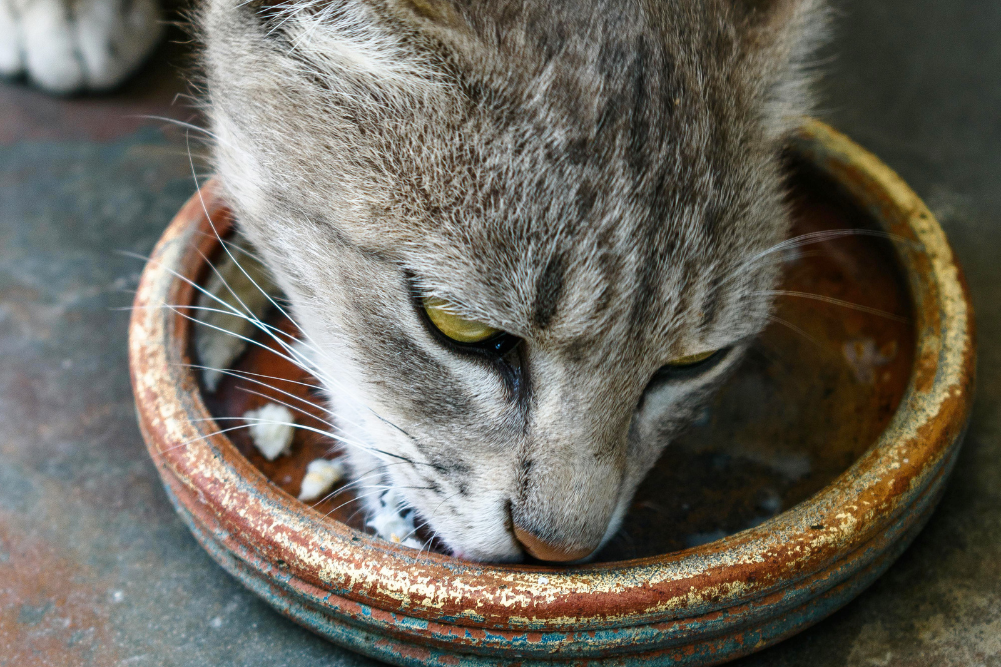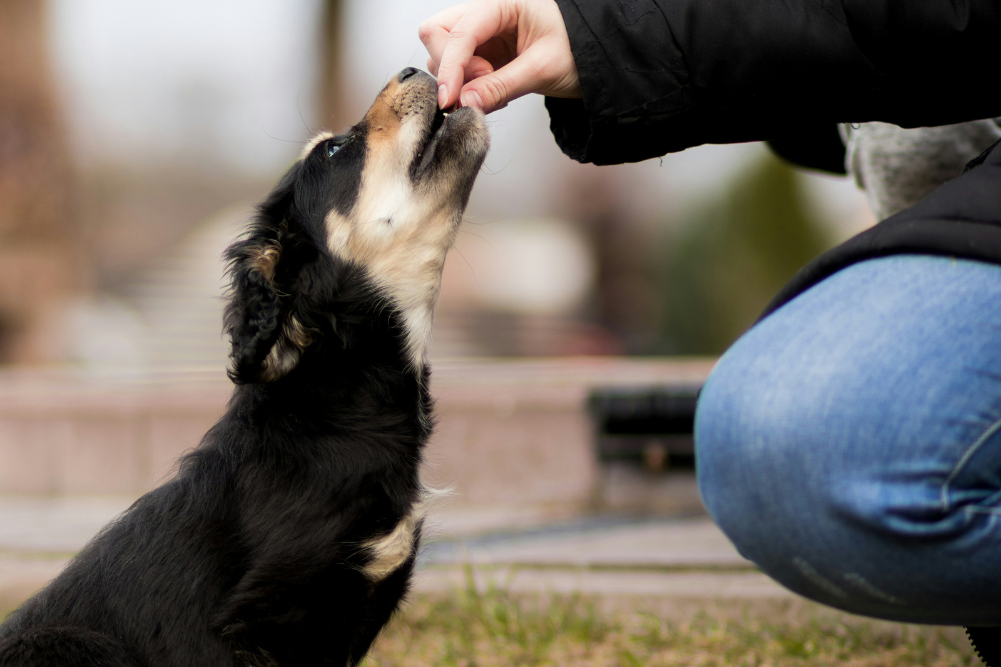How to ease your pet’s arthritis
Extended use of conventional non-steroidal-anti-inflammatory drugs (NSAIDS) in dogs and cats may lead to other health issues, especially kidney, liver and gut problems. Although short-term use may be required to reduce your pet’s pain, there are steps you can take to minimise their use long term.
Eating plan
Reducing your pet’s weight may be the best thing you can do to help them cope with arthritis. Excess weight places further stress on already affected joints. Recent investigations show associations between inflammatory compounds derived from fat cells in overweight people, and the development of osteoarthritis.
Every pet is individual, and some have other health issues to consider, so please discuss your pet’s diet and weight with your vet.
Reducing your pet’s food intake, modifying the type of food your pet eats and gently increasing exercise are all equally important to achieve sensible weight loss. Every pet is individual, and some have other health issues to consider, so please discuss your pet’s diet and weight with your vet.
“Pro-inflammatory” diets may contribute to the long-term development of inflammation, including arthritis in pets. There is still work to be done to determine the best “low-inflammatory” diet for our pets. However, most pets benefit from diets that are less processed, with low GI carbohydrates, higher natural antioxidants and omega-3 essential fatty acids. This is similar to a diet recommended for patients with cancer.
Examples of anti-inflammatory diets might be raw meat and vegetable diets, supplemented with organ meat and fish oil, for dogs. For cats, a suitable diet consists of 50 per cent fresh meat and bones and 50 per cent good-quality meat-based wet cat food, with the addition of fish oil and some organ meat.
Exercise and massage
Exercise improves circulation to stiff joints. You may notice your dog moves better after walking for a few minutes, especially on a cold day. If you own a large-breed dog, it can be a chore for him to get up from his bed and walk across the floor. You can fashion a simple homemade sling using one of those green reusable shopping bags cut down the sides. Lay the sling under his ribs and use the handles to gently help him rise. This reduces strain on your own back and joints and can be used as an aid to help him into cars or up stairs.
Home exercise can extend to some simple home therapies, including massage and range-of-motion exercises.
Make a commitment to at least five minutes exercise twice daily to begin with. The simple rules of thumb are: short, frequent and low impact. If the next day your dog does seem extra sore or tired, make it an easier day, but still get them moving. Cats need exercise, too. Make them walk a little further for comforts such as food or bed. Encourage them to play.
Home exercise can extend to some simple home therapies, including massage and range-of-motion exercises. Massage, when used correctly, benefits muscles, joints and tendons, and can reduce pain and inflammation. There are times when massage may not be best for your pet, so speak to your vet before you begin. Examples of problems where we would avoid massage include broken bones, hot inflamed joints, open wounds, skin infections, 3–4 days after acute trauma and on areas close to any tumours.
Brushing removes dead coat and gently massages skin. Stroking is another form of massage that’s instinctively used by pet owners to calm pets (and owners alike!).
Passive exercises, like range-of-motion or stretch, are simple to perform at home on cats and dogs once you have learned them correctly. They benefit flexion and extension of joints and the flexibility of muscles, ligaments and tendons. If at any time they cause pain, discontinue until your pet has a check-up.
Supplements
If you search the internet, you’ll find a plethora of supplements recommended to help your pet with arthritis and reduce the use of NSAIDS. Being gentle, these natural products are less likely to have side defects, but may take longer to work. So, for example, a NSAID may provide relief within a few hours, but herbs and supplements may take weeks, or even months, to really work well. We use these long term and our goal is to minimise the use of conventional medications. (These, however, may be needed to begin with.)
Stroking is a form of massage that’s instinctively used by pet owners to calm pets.
Green-lipped sea mussel is a natural source of glycosaminoglycans. These lubricate joints, replenish cartilage cells, improve microcirculation and slow down degradation. For fussy pets, especially cats, the fishy smell is enticing, so they are easily mixed with food. Combined with a good-quality fish oil, after a few weeks I have seen many cats happier, more playful and more mobile.
Boswellia contains boswellic acids, which have an anti-inflammatory effect, and a disease-modifying effect, meaning the anti-inflammatory effects persist after the herb is stopped. In dogs, boswellia has been shown to reduce symptoms of chronic joint and spinal disease. Good-quality standardised human extracts are used. Ask your vet to help you choose an appropriate product and dose.
Dried turmeric powder can be added to food and you can begin with a quarter of a teaspoon daily for a 5kg cat. Turmeric is sometimes poorly absorbed, so there are supplements designed to improved bioavailability. Discuss these with your vet.
The above supplements can be used safely with anti-inflammatory medications should those be required.








